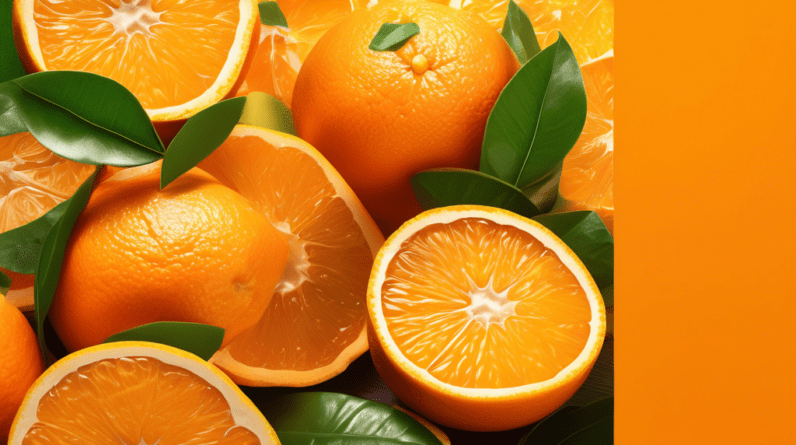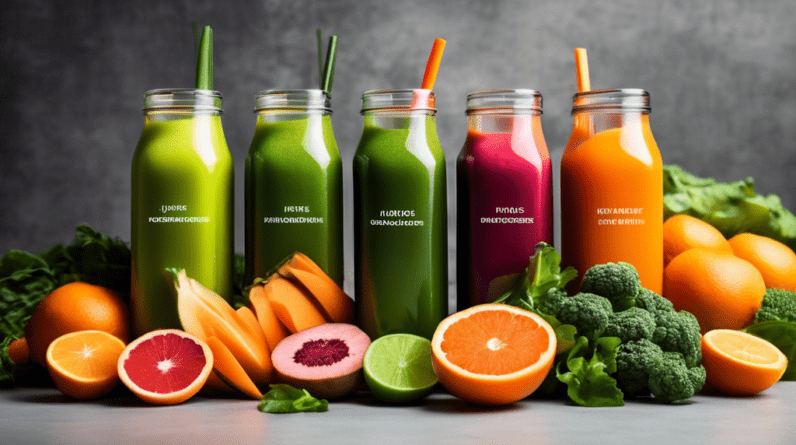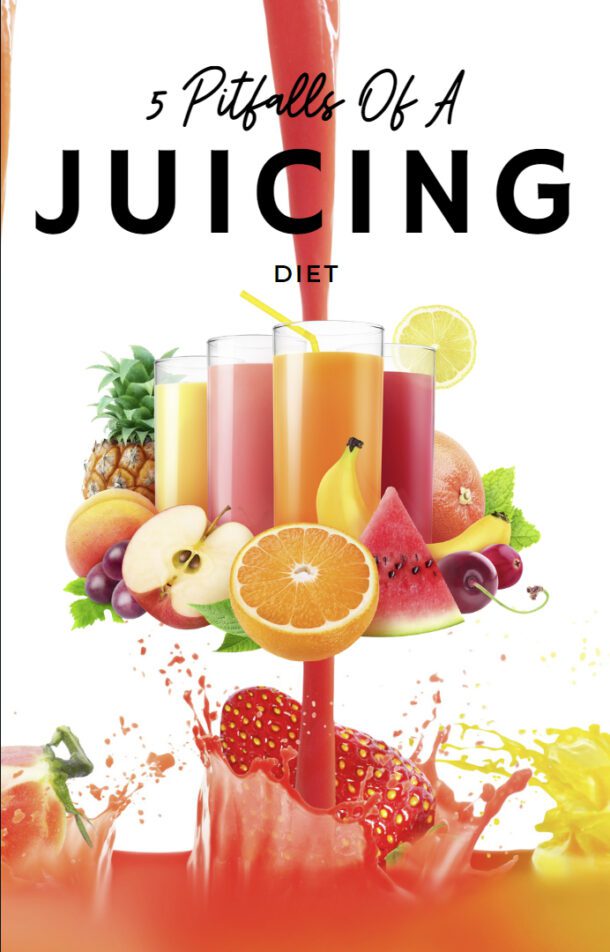
Understanding Juicing: Benefits, Risks, and Alternatives
Juicing has gained popularity as a way to increase nutrient intake, but it’s important to understand both its benefits and drawbacks. While juicing offers a convenient means to consume vitamins, minerals, and antioxidants from fruits and vegetables, it also has implications for overall health, particularly when it comes to fiber content and blood sugar levels.
The Nutritional Landscape of Juicing
One of the primary advantages of juicing is the enhanced intake of essential nutrients. When you juice fruits and vegetables, you can extract a concentrated source of vitamins, minerals, antioxidants, and polyphenols. However, it’s crucial to recognize that juicing may not capture all the nutrients that are present in whole foods. Additionally, while juices can make some nutrients easier to absorb by breaking down cell walls, this benefit often comes at the cost of fiber.
The removal of fiber during the juicing process is a significant drawback. Fiber plays a critical role in digestion, aids in lowering cholesterol, and helps stabilize blood sugar levels. When fiber is removed, the natural sugars found in fruits and vegetables can lead to spikes in blood sugar, resembling the effects of refined sugars. This consideration is especially important for individuals managing conditions like diabetes or those trying to maintain stable energy levels throughout the day.
Juicing vs. Whole Foods: A Comparative Analysis
While juicing may have some health advantages, research consistently suggests that consuming whole fruits and vegetables is generally healthier. Whole foods contain fiber and a range of other beneficial compounds that are lost during the juicing process. Furthermore, juices can be deceptively high in calories and sugar, particularly when dominated by fruits. This can pose challenges for weight management and overall health.
Another aspect to consider is the impact of juicing on satiety. The act of chewing contributes to a feeling of fullness, whereas juicing bypasses this process. As a result, individuals might experience hunger shortly after consuming juice, which can lead to overeating or frequent snacking. Alternative methods, such as blending, retain fiber and provide a thicker consistency, contributing to greater satiety and a more balanced nutrient profile.
In conclusion, while juicing can serve as a convenient tool for increasing fruit and vegetable intake, it is not without its downsides. Moderation is key, and consulting with a healthcare provider is advisable—especially for those who have chronic illnesses or specific dietary needs. Ultimately, integrating a mix of whole foods and, if desired, juiced products into your diet may provide the best of both worlds, ensuring nutritional benefits while maintaining fiber intake and overall health.






